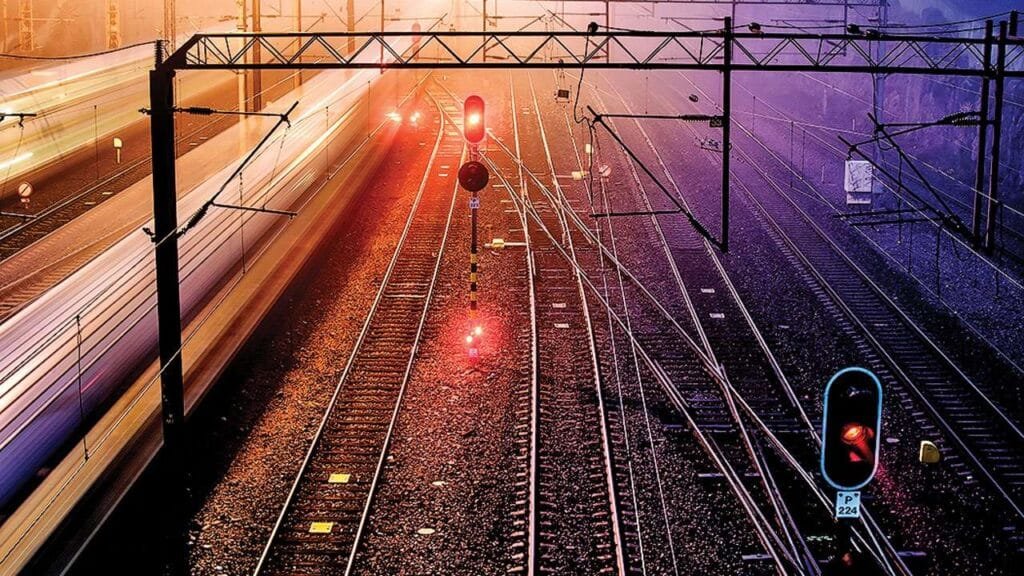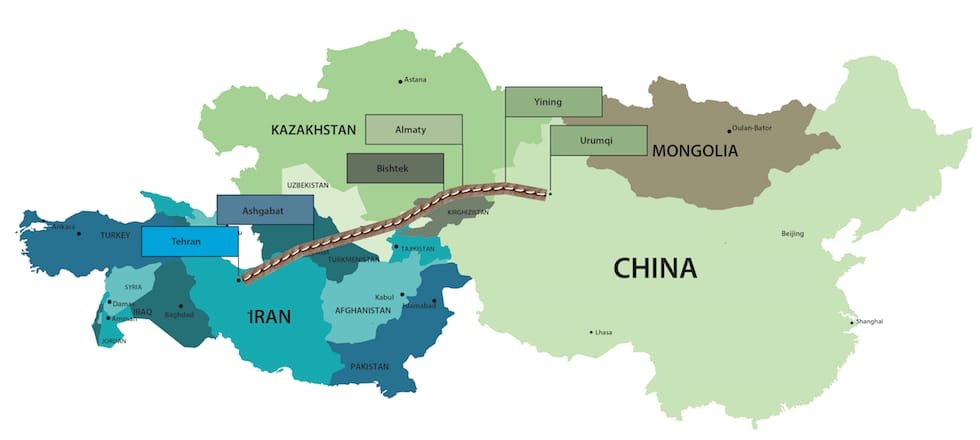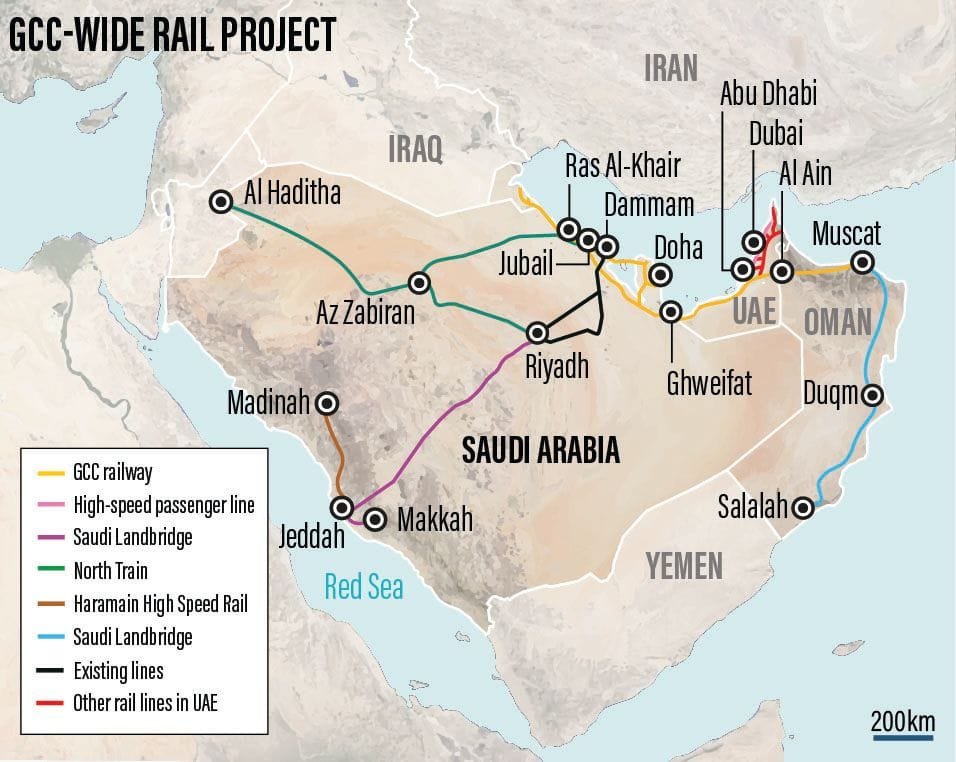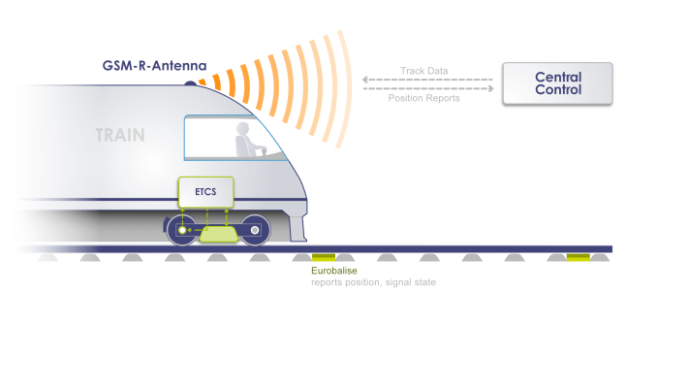Switches Aligned, Route Clear!🚦
For decades, global trade between Asia and Europe has followed a familiar path — massive ships navigating through the Suez Canal, carrying goods from one continent to another. But in a world shaped by disrupted supply chains and shifting alliances, new routes are being imagined.
One of the boldest among them is the India-Middle East-Europe Economic Corridor, or IMEC.
Officially launched during the G20 Summit in New Delhi in September 2023, the IMEC is more than a transport corridor — it’s a strategic vision. It aims to connect India to Europe through the Middle East by integrating ports, railways, and digital systems into a faster, more resilient, and more sustainable trade route.
Rethinking How Continents Connect
At the heart of IMEC is a simple idea: to move goods, data, and energy faster and more efficiently across three major regions.
Goods would leave ports on India’s western coast and travel by sea to ports in the United Arab Emirates or Saudi Arabia. From there, they would continue by rail across the Arabian Peninsula — passing through Jordan and Israel — before reaching the Mediterranean, where ships would carry them on to Southern Europe.
The aim? To reduce reliance on the congested Suez Canal, cut transit times, lower costs, and create new economic opportunities in regions that have long been on the periphery of global logistics.
Signs of Momentum
Since the announcement, early steps have been taken — not just in political speeches, but in concrete infrastructure moves.
India, for example, has started developing the Vadhavan Port in Maharashtra, which is expected to play a key role in handling IMEC cargo in the years ahead. Meanwhile, digital platforms like MAITRI (Maritime Initiative for Trade and Regional Integration) and the Virtual Trade Corridor are being designed to simplify customs procedures and make trade smoother between India and Gulf countries.
In April 2025, Italy appointed Ambassador Francesco Maria Talò as Special Envoy for the IMEC, a strong signal of European commitment. The European Union has shown interest too, particularly Greece and Italy, whose ports could become important IMEC gateways.
What’s at Stake?
If successful, the corridor could reshape trade in a significant way.
Early estimates suggest that logistics costs could drop by up to 30%, and shipping times might be reduced by 40% compared to current routes through the Suez. Analysts also believe the corridor could boost India’s GDP by up to 1.5% by 2030, while creating new jobs across all regions involved.
But IMEC isn’t just about economics. It’s also about geopolitics — offering an alternative to China’s Belt and Road Initiative, strengthening partnerships between democracies, and improving connectivity in a region that has long struggled with fragmentation.
The Roadblocks Ahead
Despite its promise, the IMEC faces real and immediate challenges.
The ongoing war between Israel and Hamas, combined with wider tensions in the Middle East, make the project’s route politically sensitive. Cooperation between countries with strained or non-existent diplomatic ties is easier said than done.
And then there’s the issue of money. While governments have expressed strong political support, a fully detailed financing plan is still missing. Without clear investment commitments — from both public institutions and the private sector — the project risks stalling at the planning stage.
A Corridor of Possibility — If Realized
Still, there’s momentum. In an era of broken supply chains, blocked canals, and rising transport costs, the idea of IMEC feels timely. It may not replace existing routes overnight, but it could provide a much-needed alternative — especially for goods moving between South Asia, the Gulf, and Europe.
Over the next year, attention will shift to the big questions:
-
Will physical construction of rail and port upgrades begin?
-
Will governments put real money behind the plan?
-
And can diplomacy hold the fragile parts of the corridor together?
Conclusion: Global Trade, Reimagined
The India-Middle East-Europe Economic Corridor is not yet a reality — but it’s no longer just an idea. It represents a powerful ambition: to reshape how goods and ideas flow across continents.
If delivered, it could become one of the most important infrastructure undertakings of the next decade. If not, it risks becoming just another great plan lost to geopolitics.
At Beyond Tracks, we’ll continue to follow its progress — because how we connect the world is changing, and the tracks we build today will shape the future of global trade tomorrow.
Sources:
-
Economic Times India (2025)
-
Hindustan Times (2025)
-
German Marshall Fund (GMFUS) – IMEC Analysis (2025)
-
ECCO Climate Institute (2025)
-
Diplomatist Magazine (April 2025)
-
LinkedIn – Rajesh Menon commentary (April 2025)
-
White House Fact Sheet – G20 India Summit (2023)











